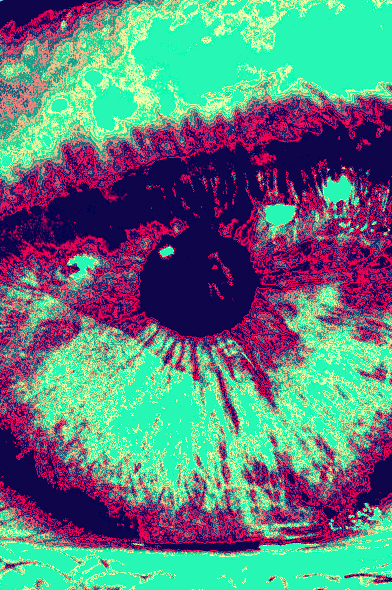AI aiding eye health
 Researchers say eye health is one of the areas where artificial intelligence is having the greatest effect.
Researchers say eye health is one of the areas where artificial intelligence is having the greatest effect.
Rapid advances in artificial intelligence in ophthalmology are a sign of things to come for other fields of medicine, according to the authors of a new article in the Medical Journal of Australia.
“Leading uses of the technology include detecting, classifying and triaging a range of diseases, such as diabetic retinopathy, age-related macular degeneration (AMD), glaucoma, retinopathy of prematurity, and retinal vein occlusion, from clinical images,” wrote Associate Professor Peter van Wijngaarden, Principal Investigator at the Centre for Eye Research Australia and the University of Melbourne’s Department of Surgery.
“Several algorithms have achieved performance that meets or exceeds that of human experts.
“Accordingly, in 2018, the United States Food and Drug Administration approved an AI system to detect referable diabetic retinopathy from retinal photographs, the first autonomous diagnostic system to be approved in any field of medicine.”
Despite these and other technological advances, AI systems are not yet in widespread clinical use.
“The training of deep learning systems requires access to large amounts of medical data which has significant implications relating to privacy and data protection,” Dr van Wijngaarden and colleagues wrote.
“In the context of ophthalmology, this is particularly pertinent, as the retinal vasculature may be considered biometric data, making it impossible to completely anonymise retinal photographs. Furthermore, characteristics that are not visible to human examiners, such as age and sex, can now be accurately predicted from a single retinal photograph using deep learning.
“Another challenge to the acceptance of deep learning algorithms in medicine is the difficulty in determining the basis for clinical decisions made by these systems, informally described as the ‘black box’ problem.
“In traditional malpractice cases, a physician may be asked to justify the basis for a particular clinical decision and this is then considered in light of conventional medical practice.
“In comparison, challenges in identifying the basis for a given decision made by AI might pose problems for clinicians whose actions were based on that decision,” they said.
“The extent to which the clinician, as opposed to the technology manufacturer, should be held accountable for harm arising from AI use is a subject of intense debate.”








 Print
Print